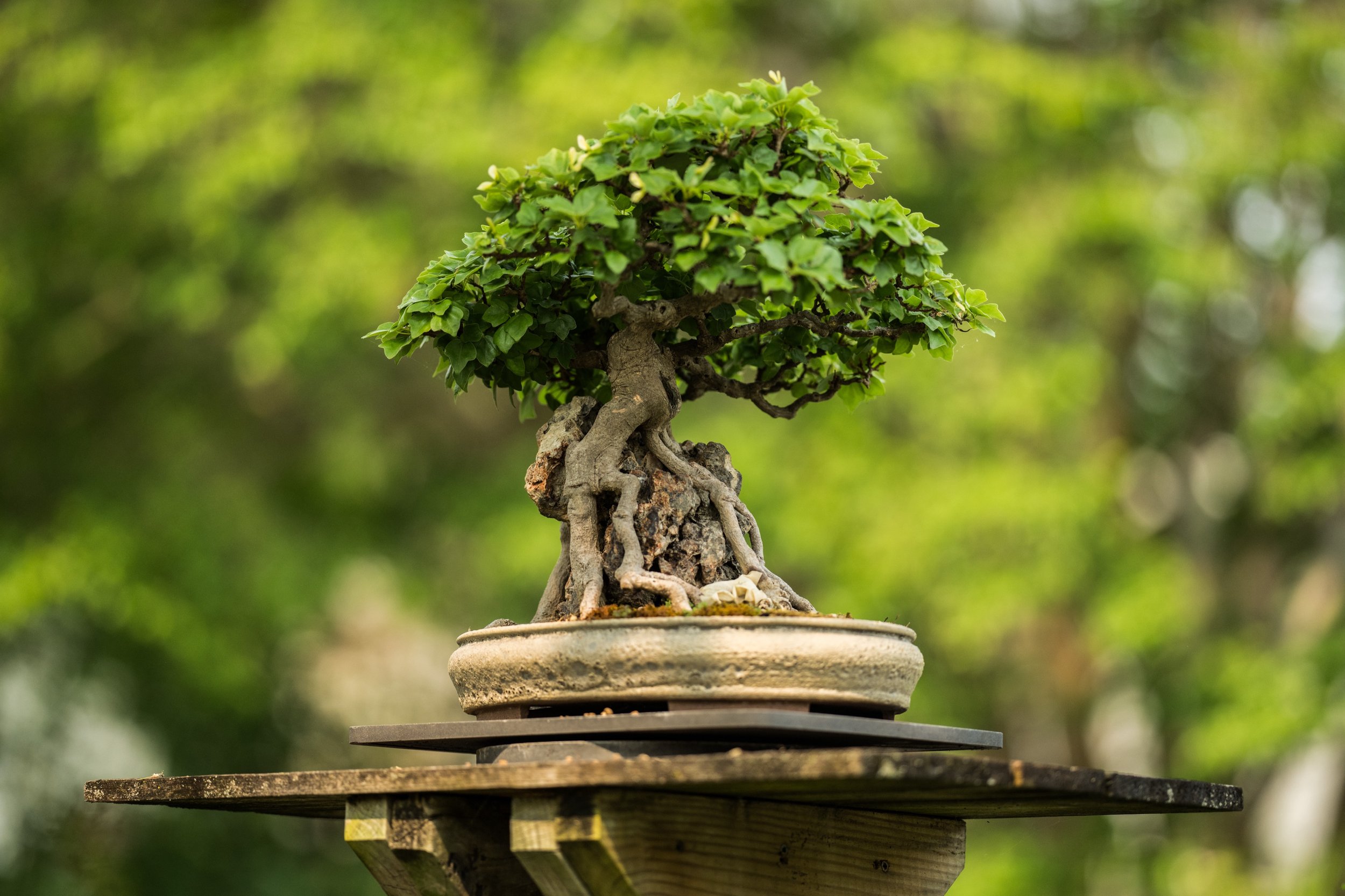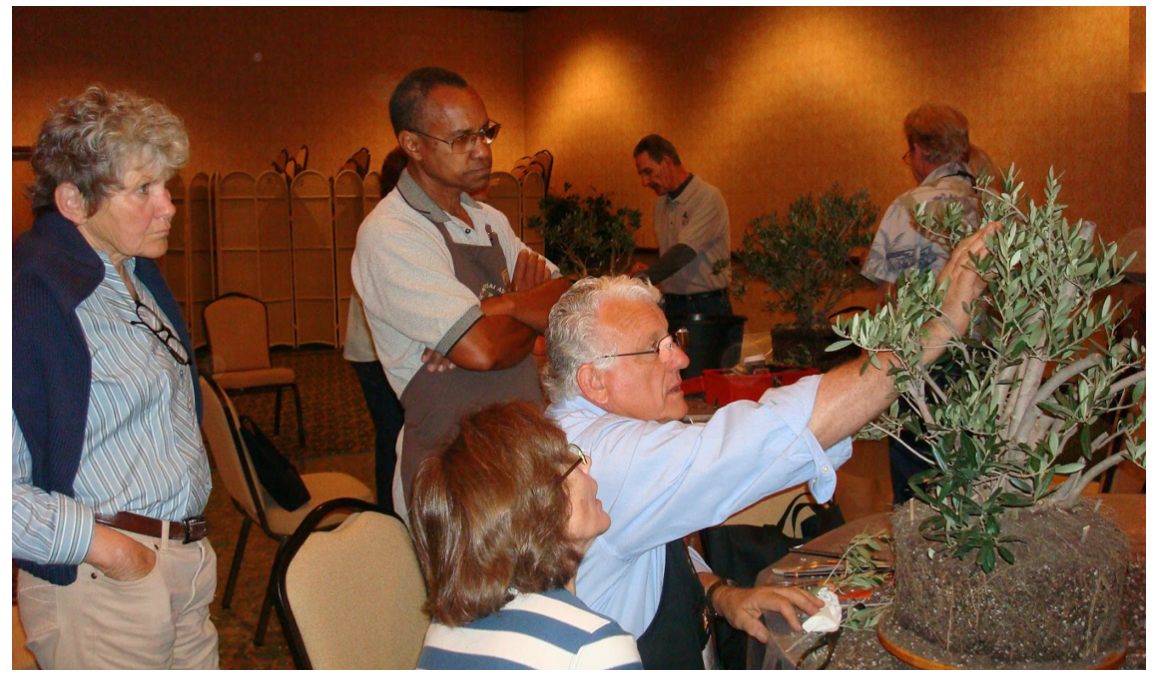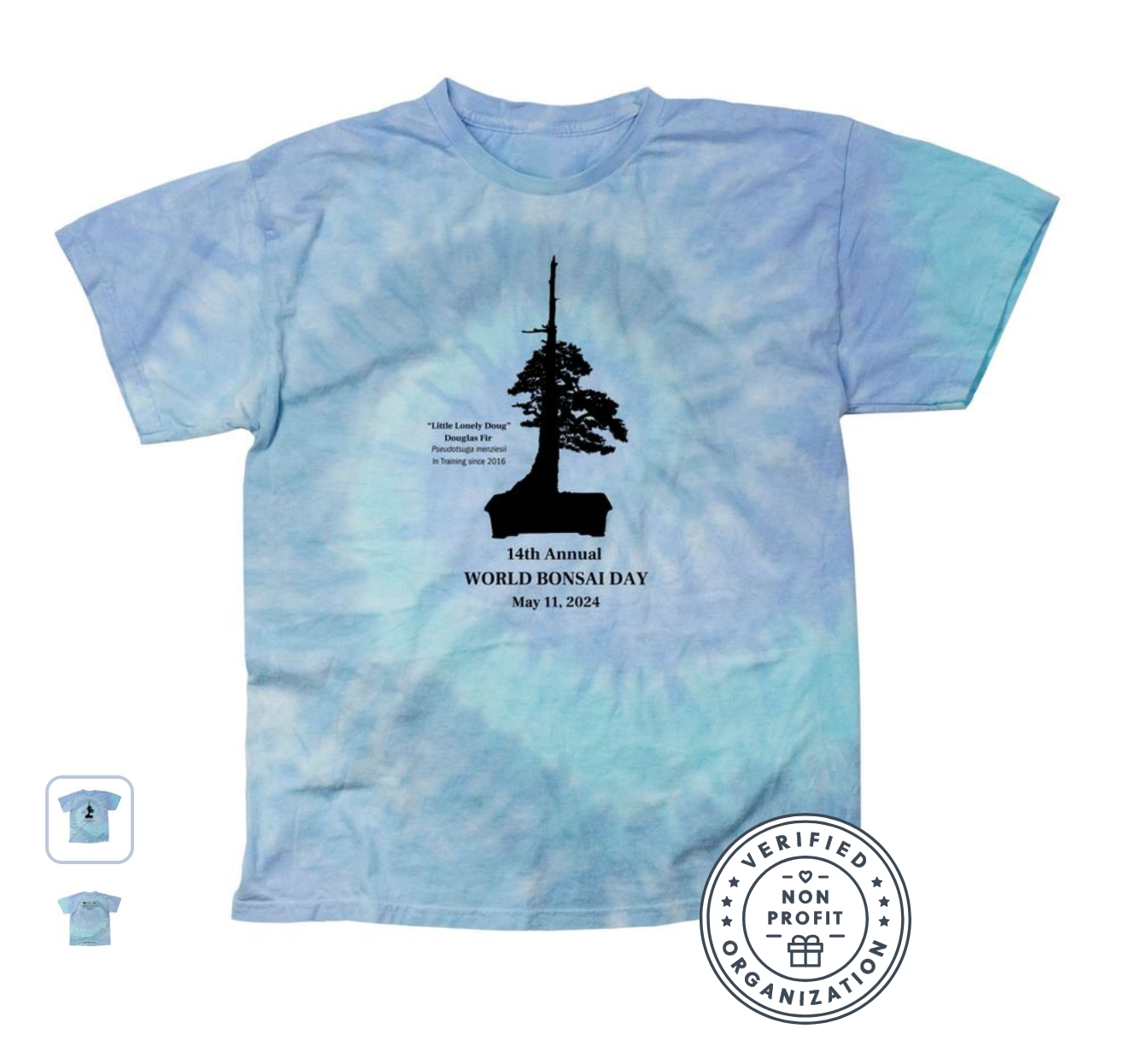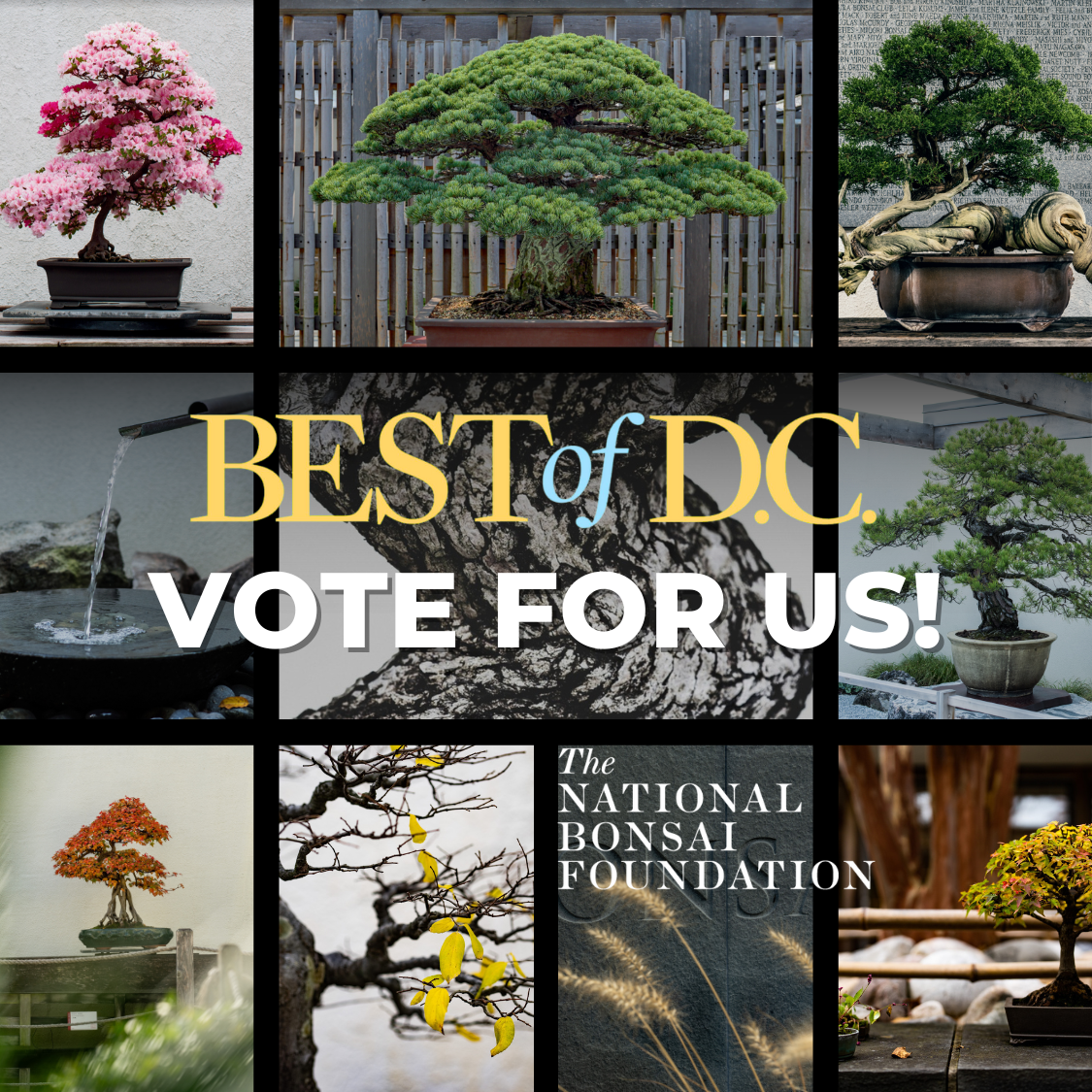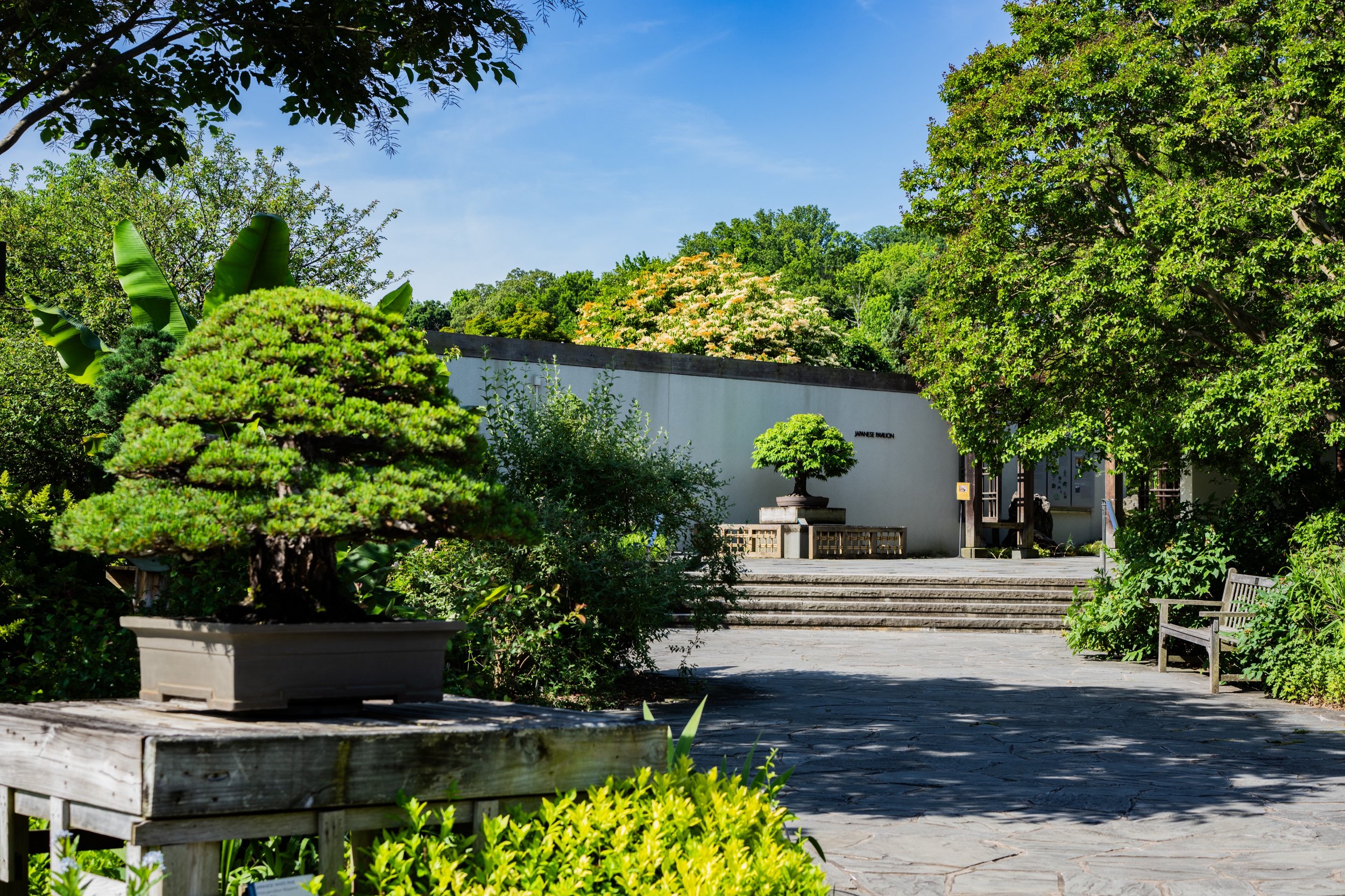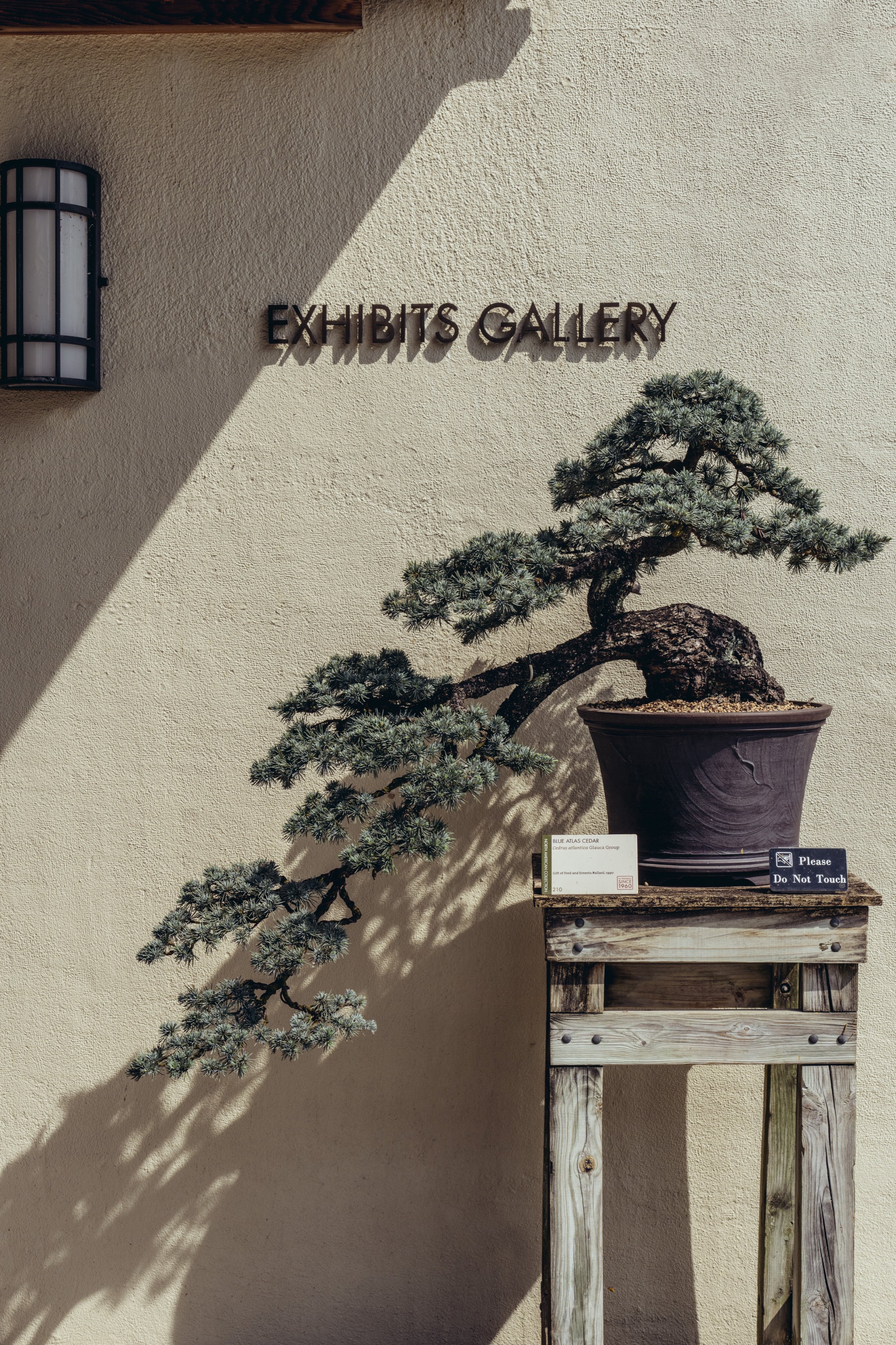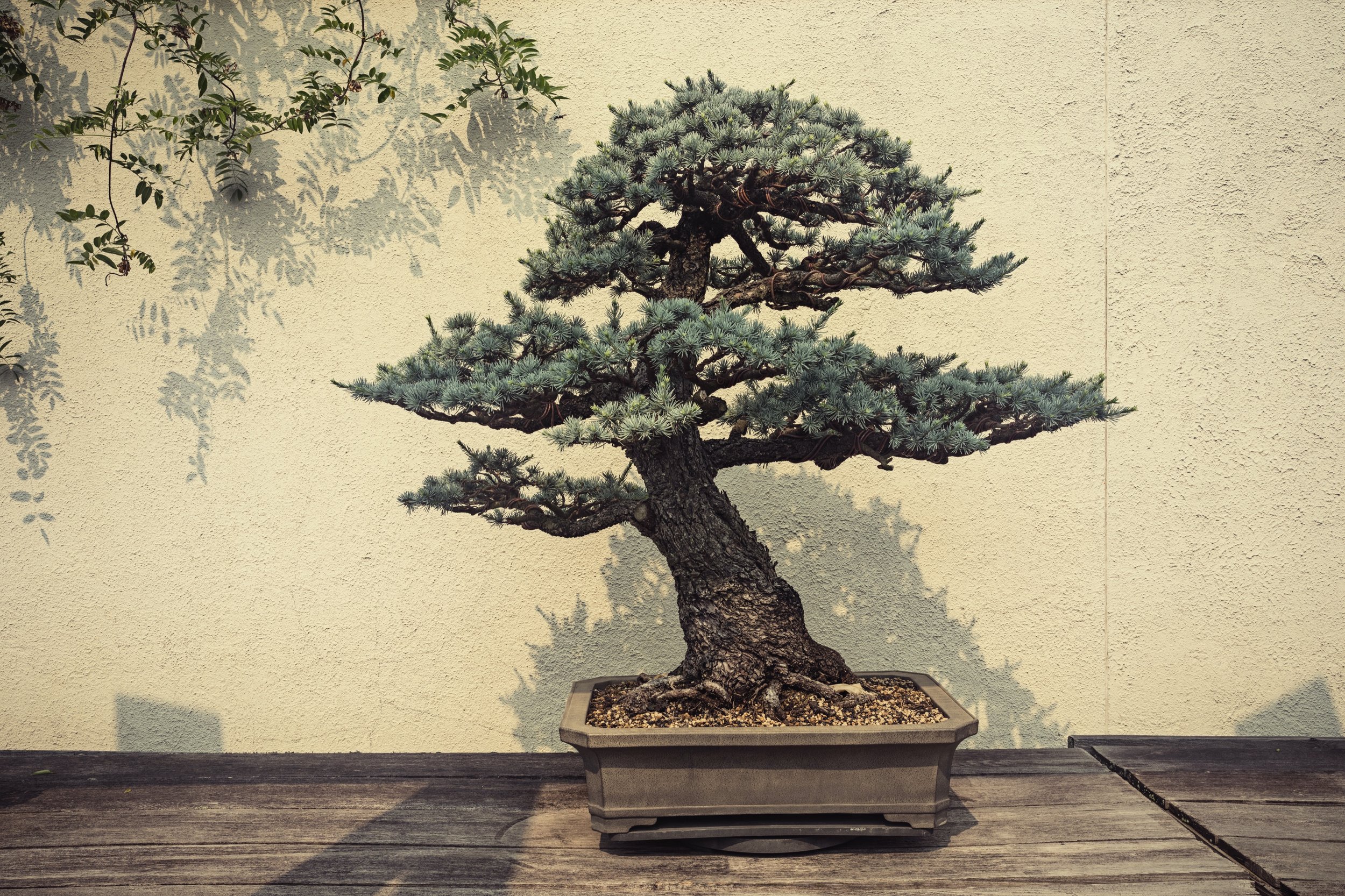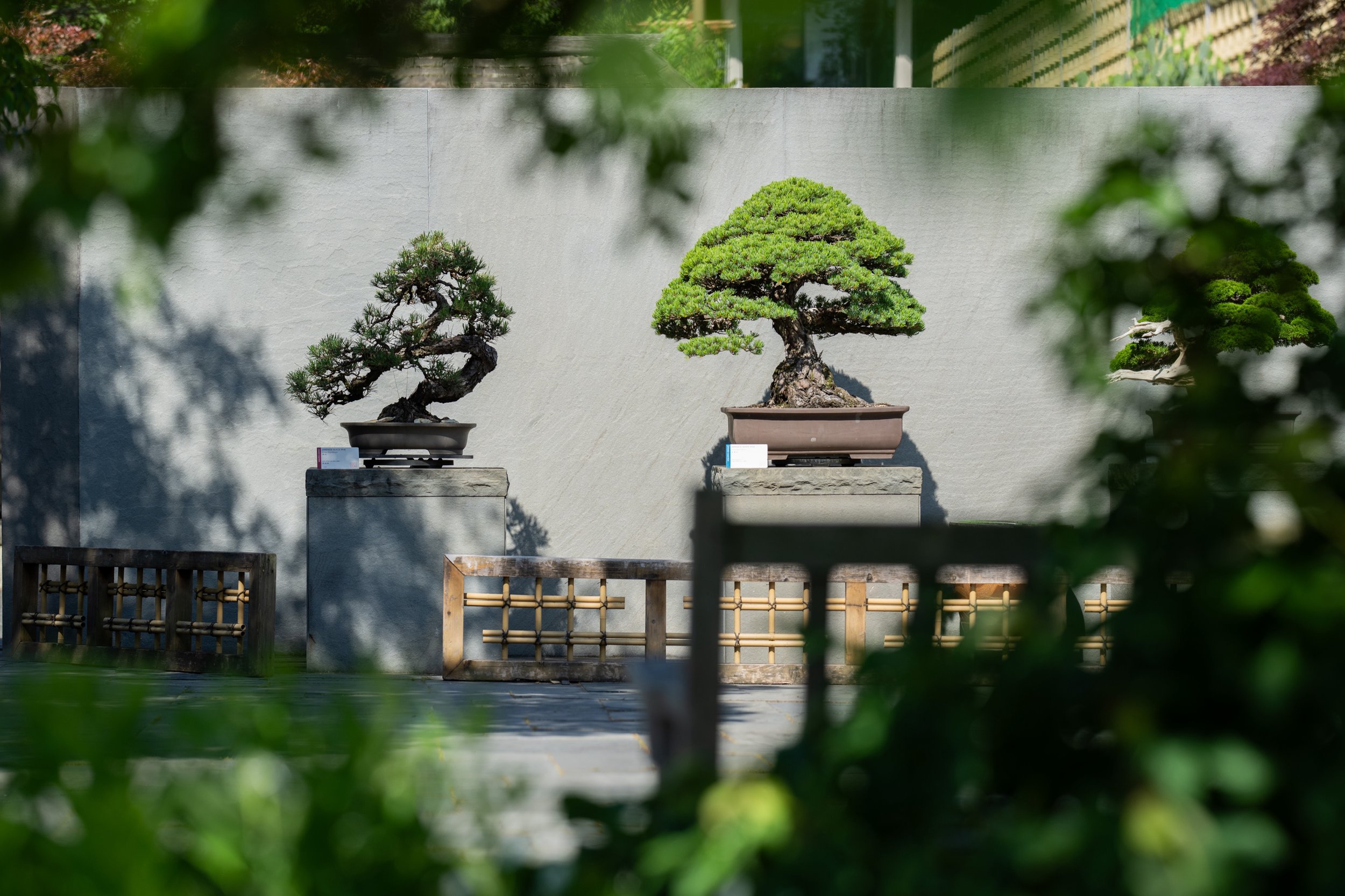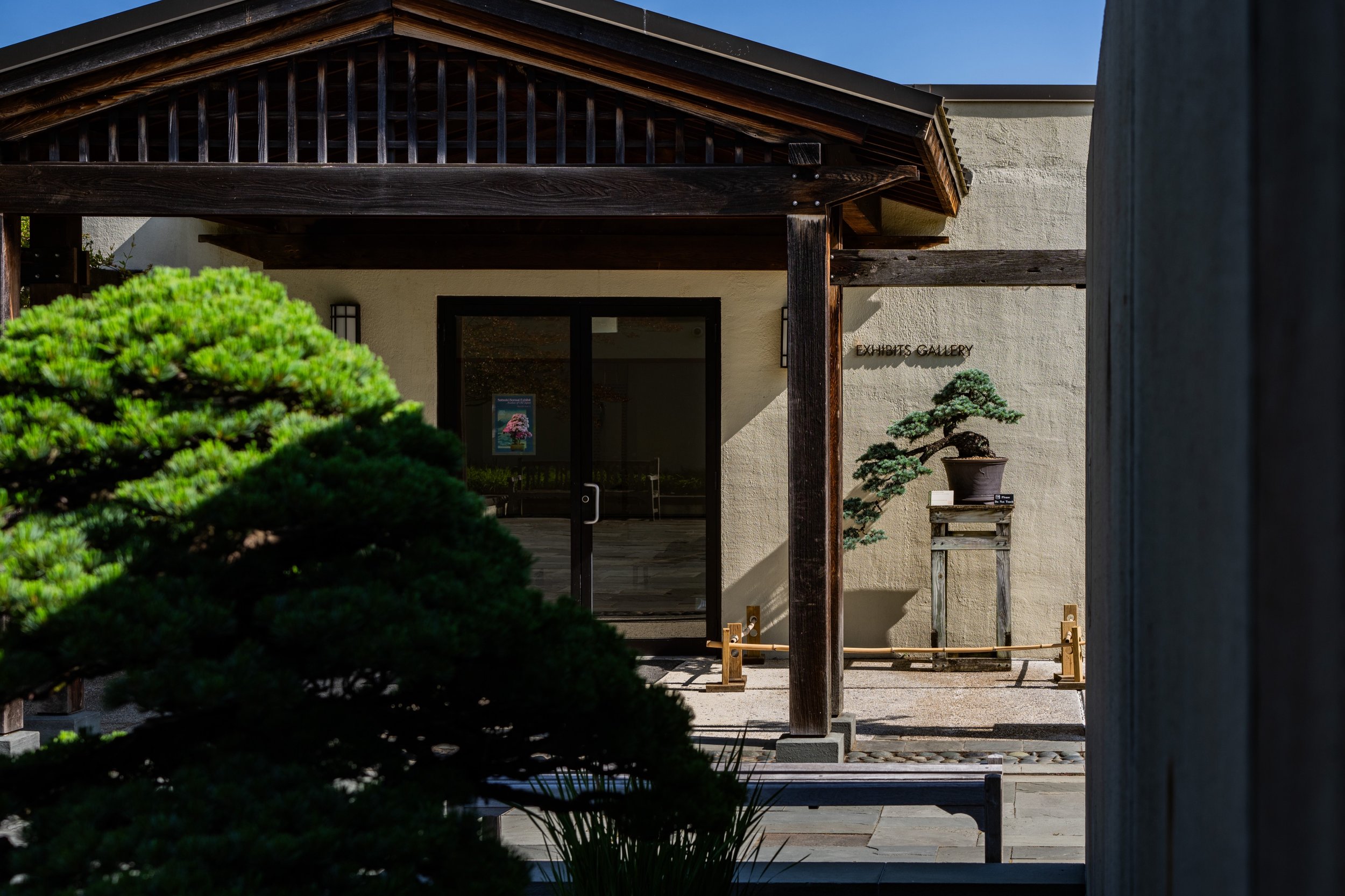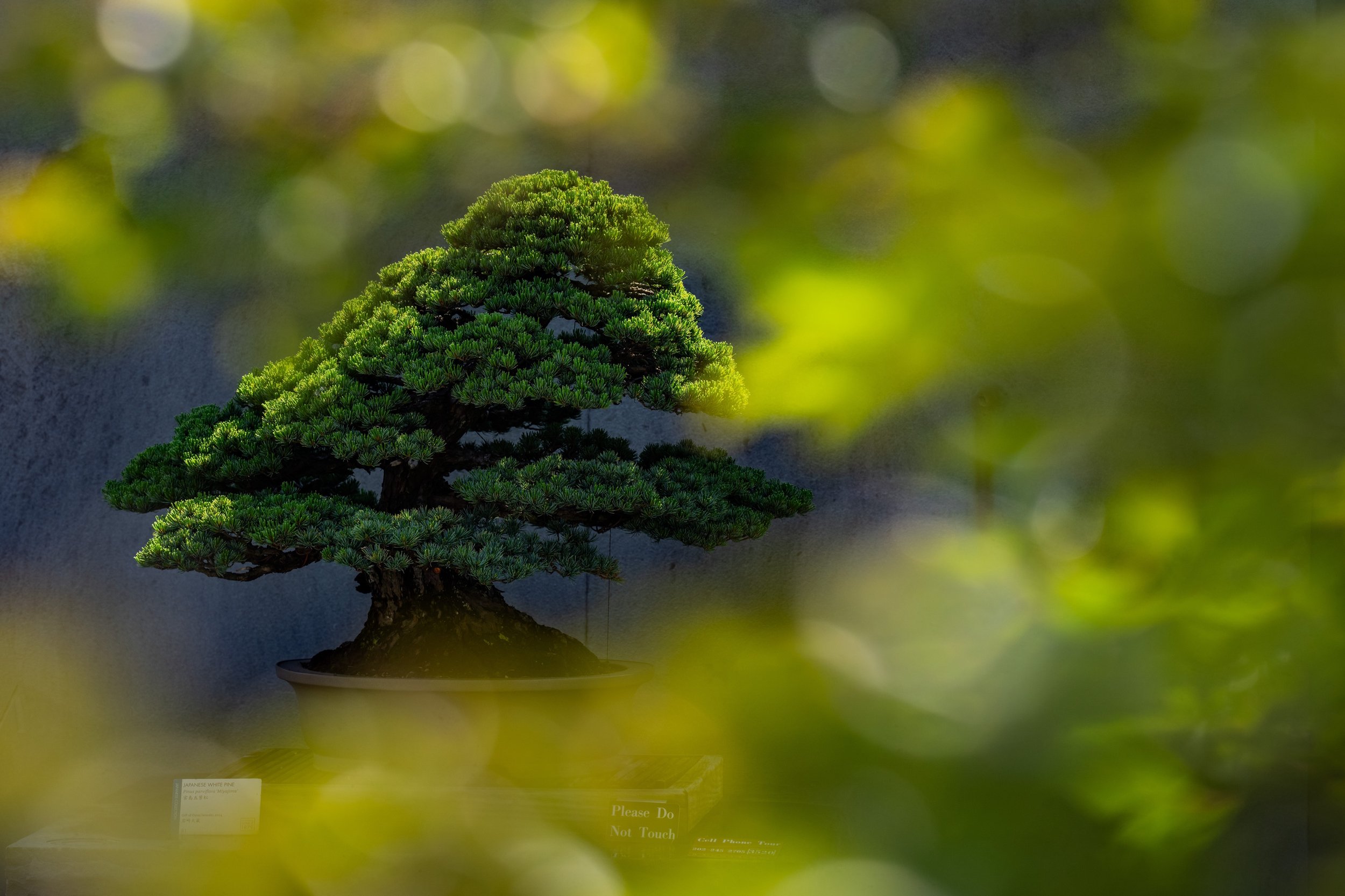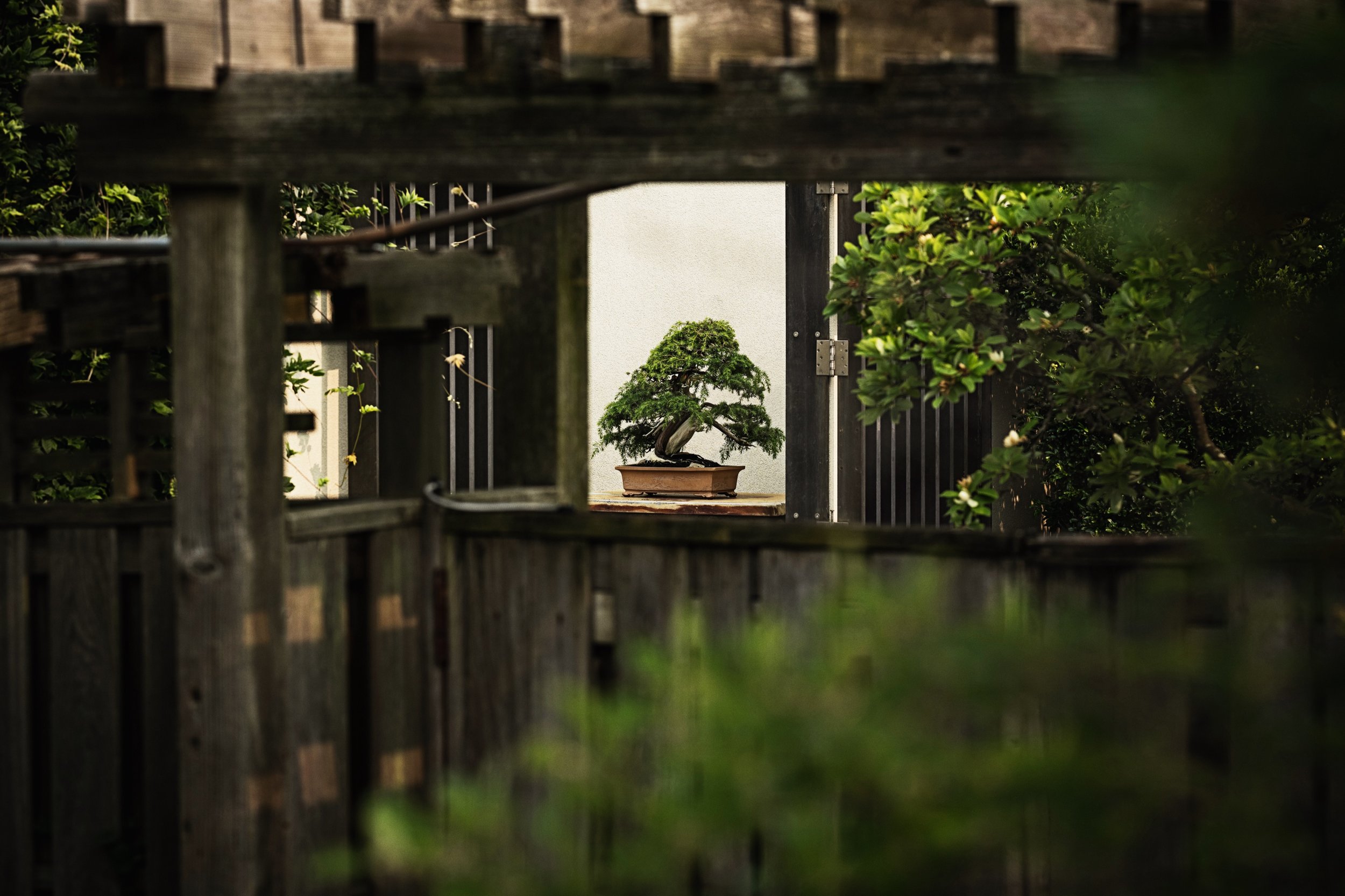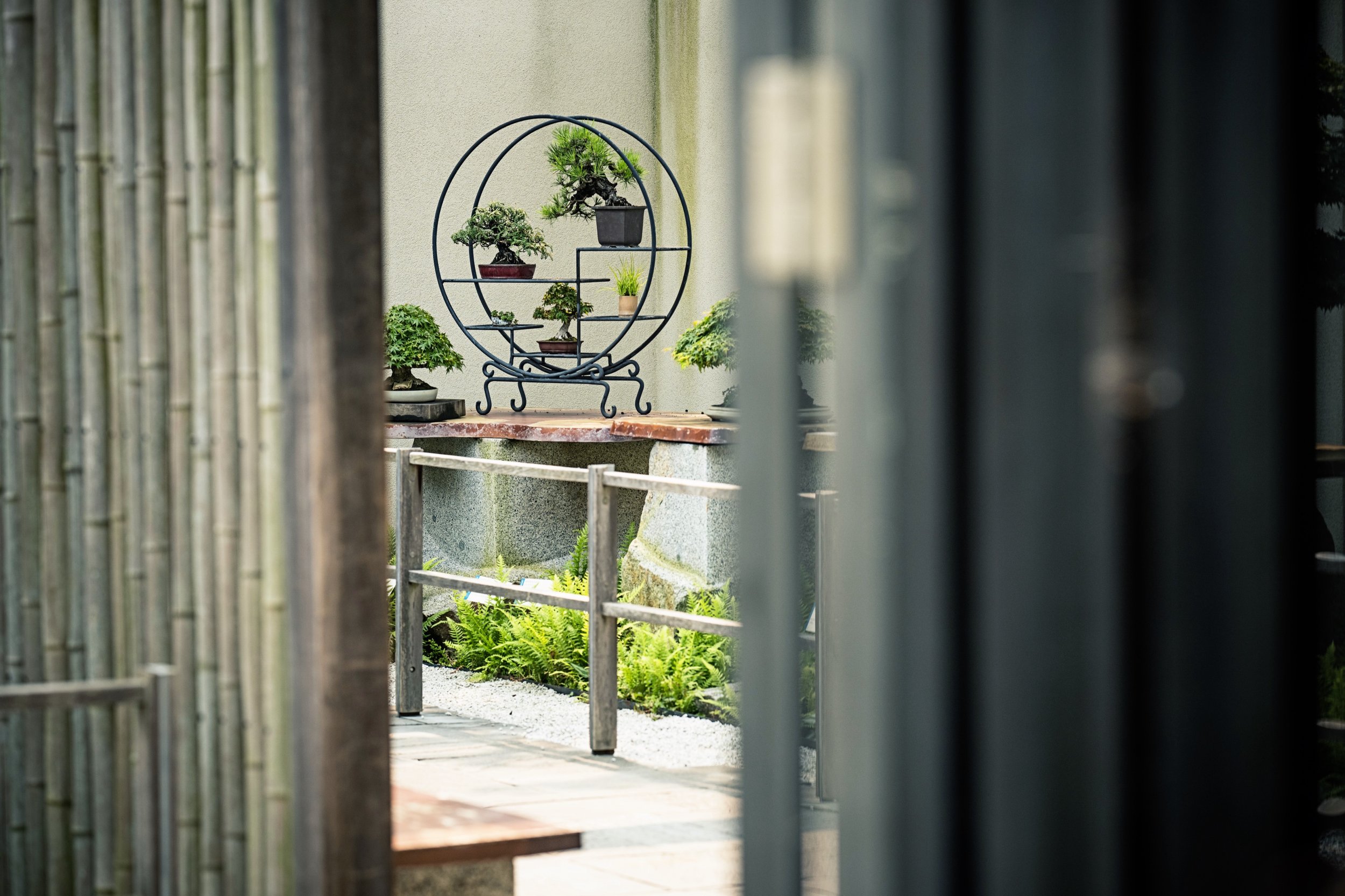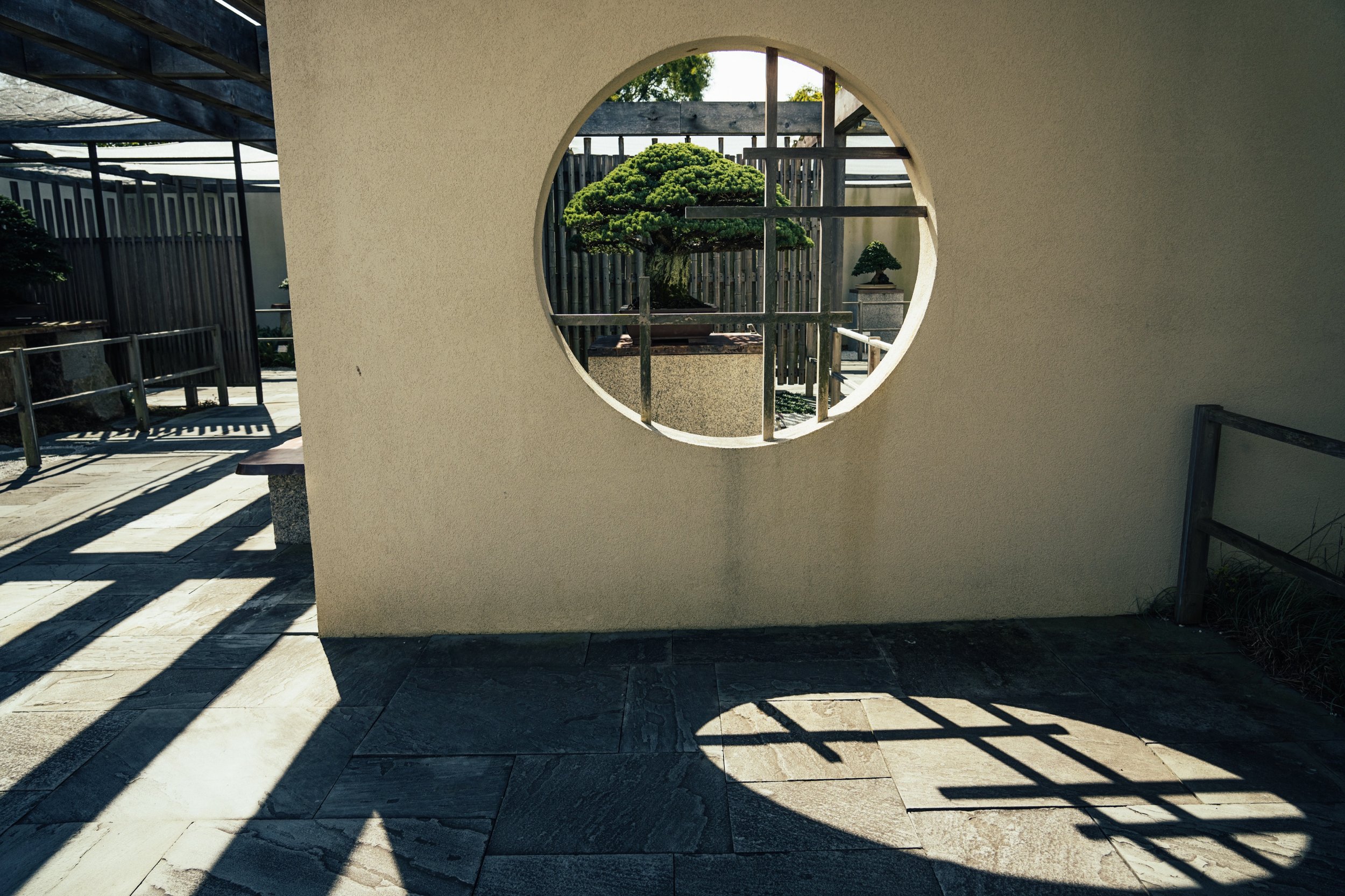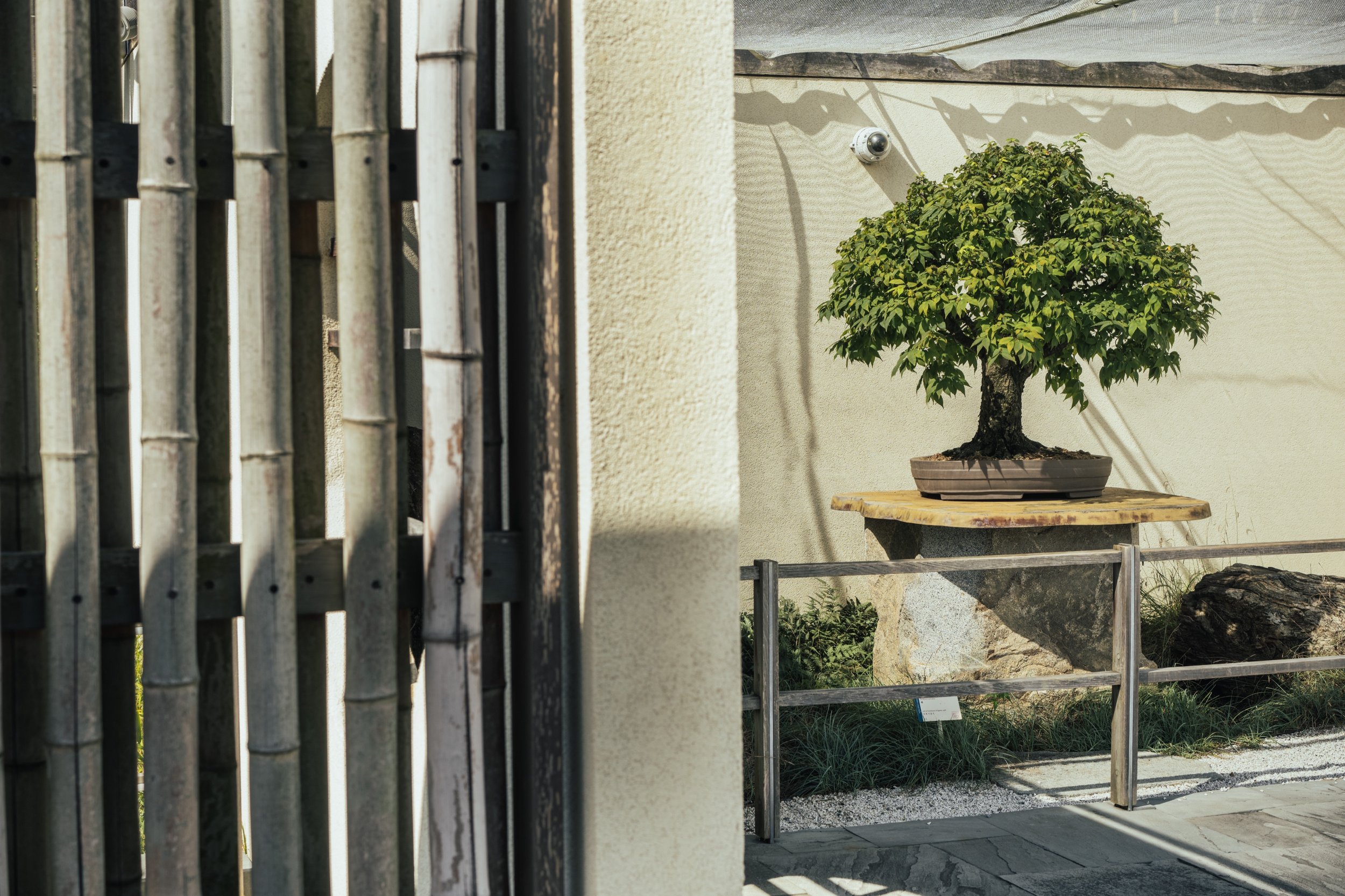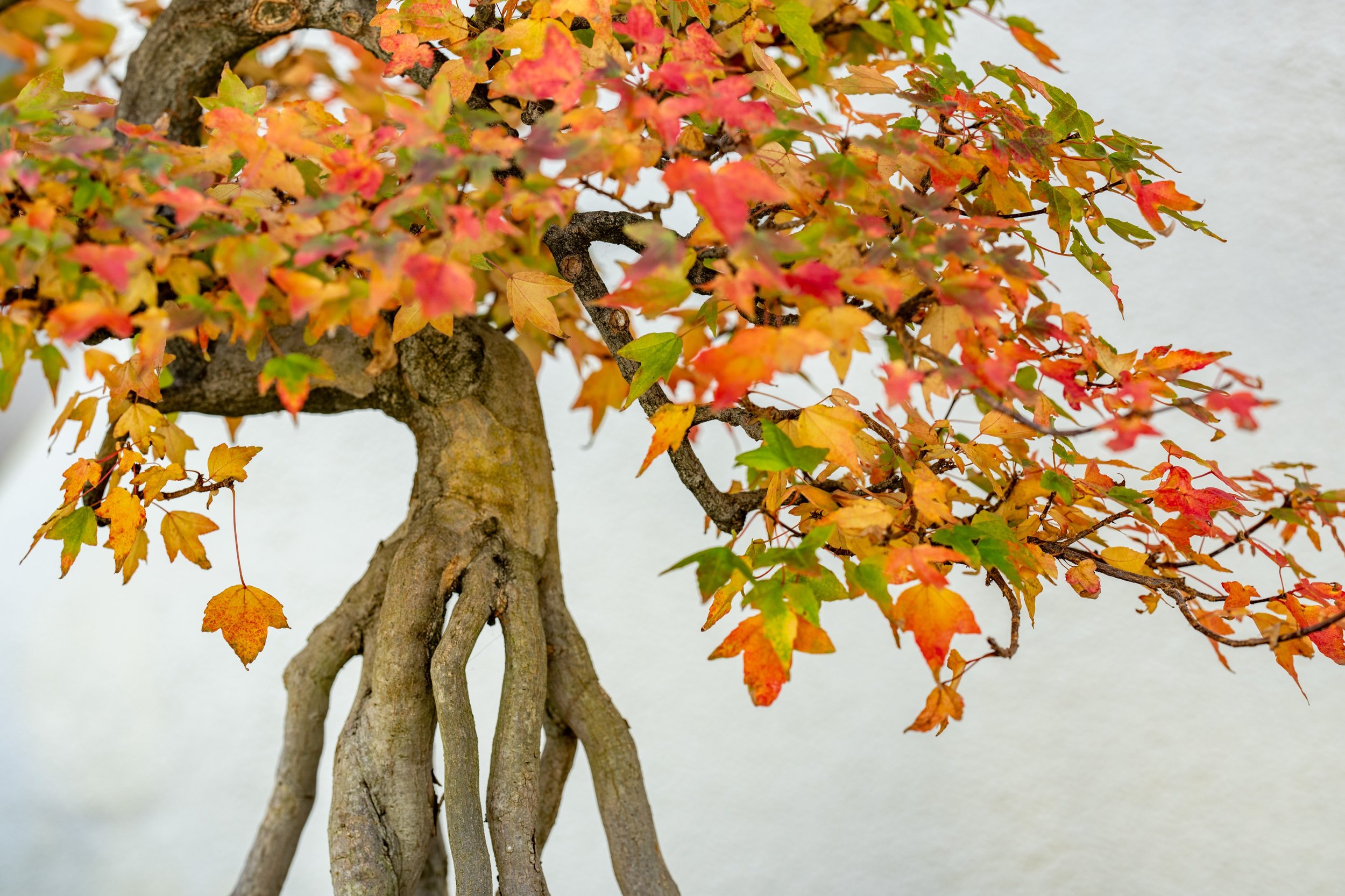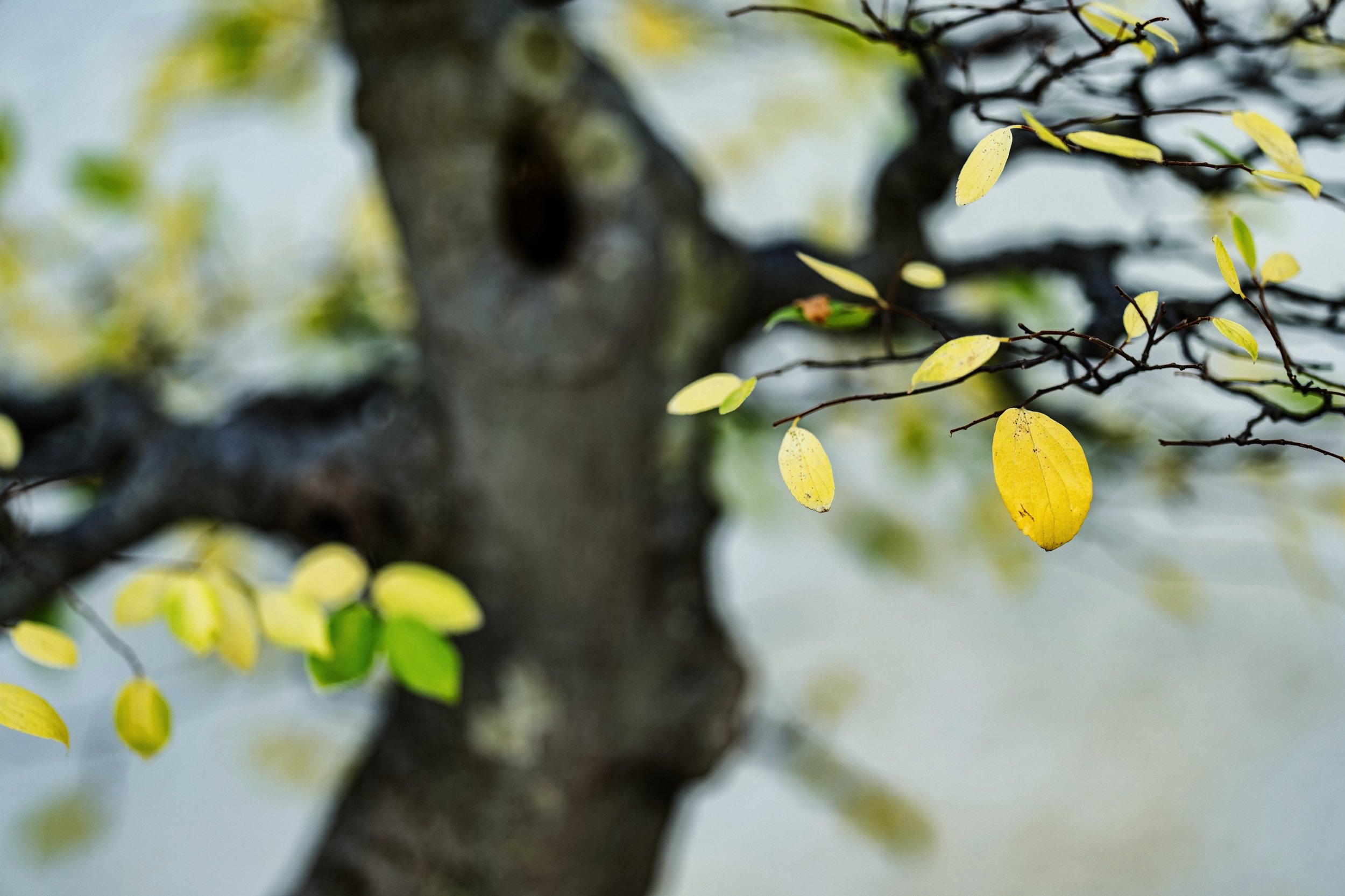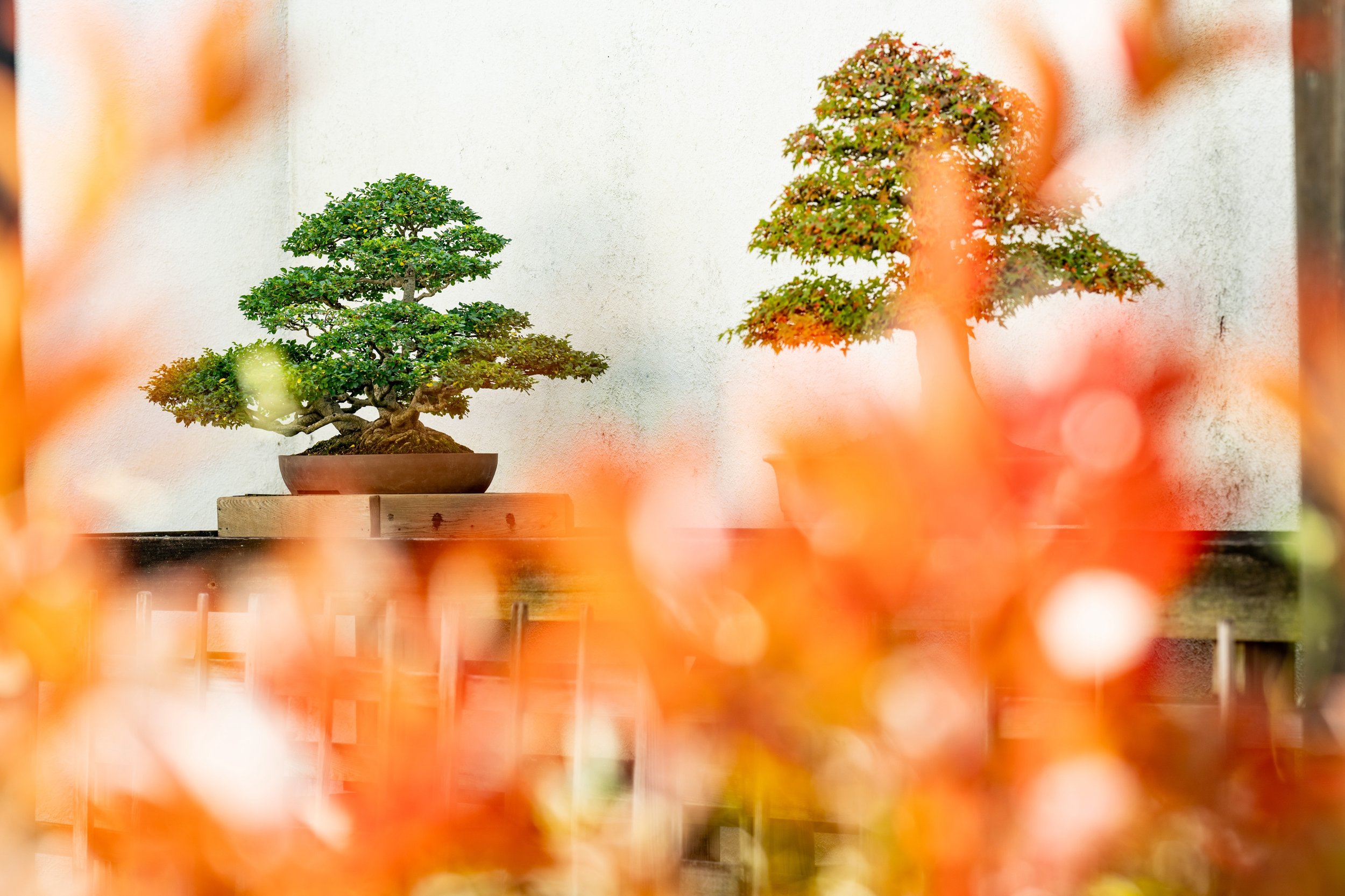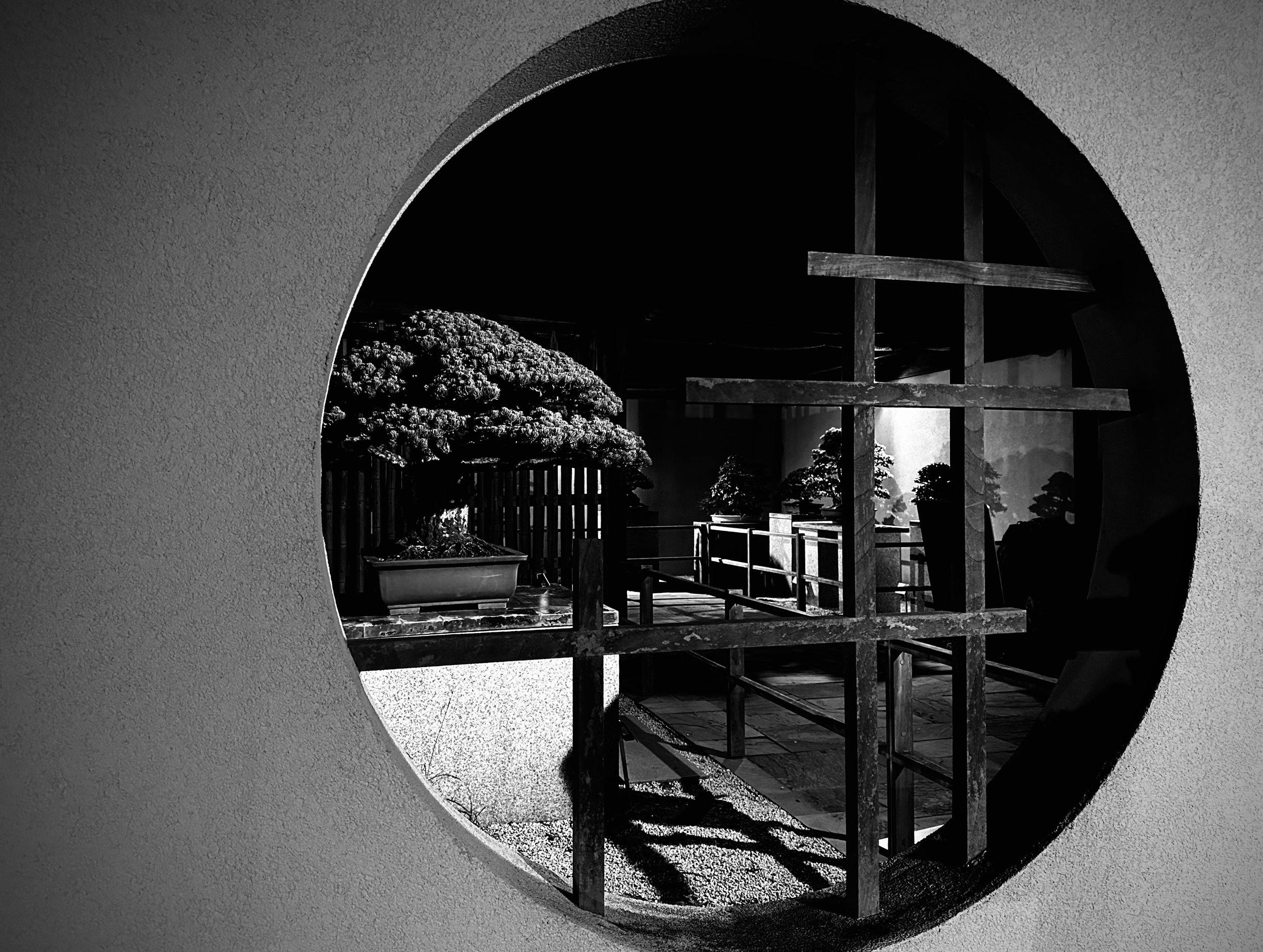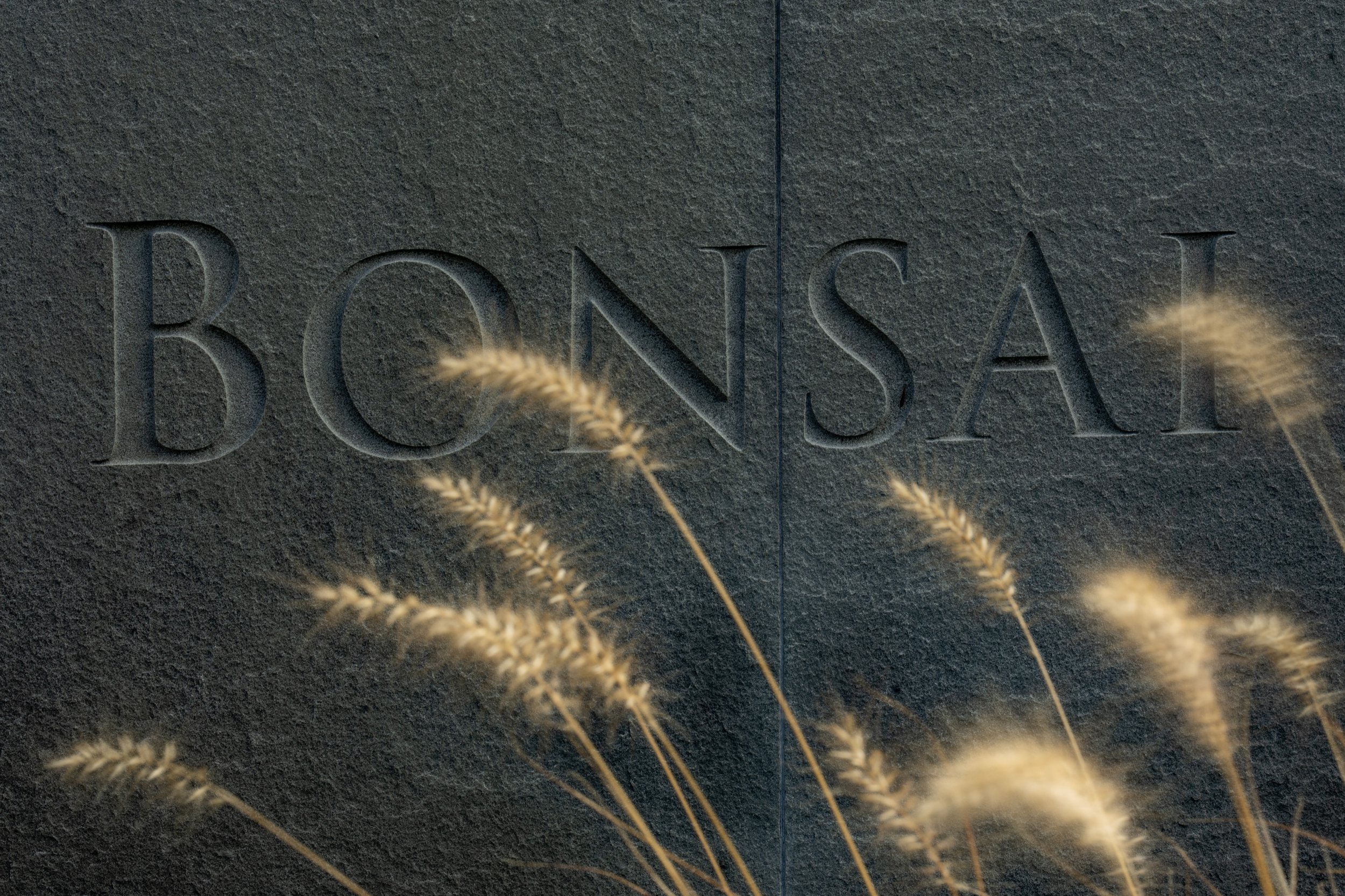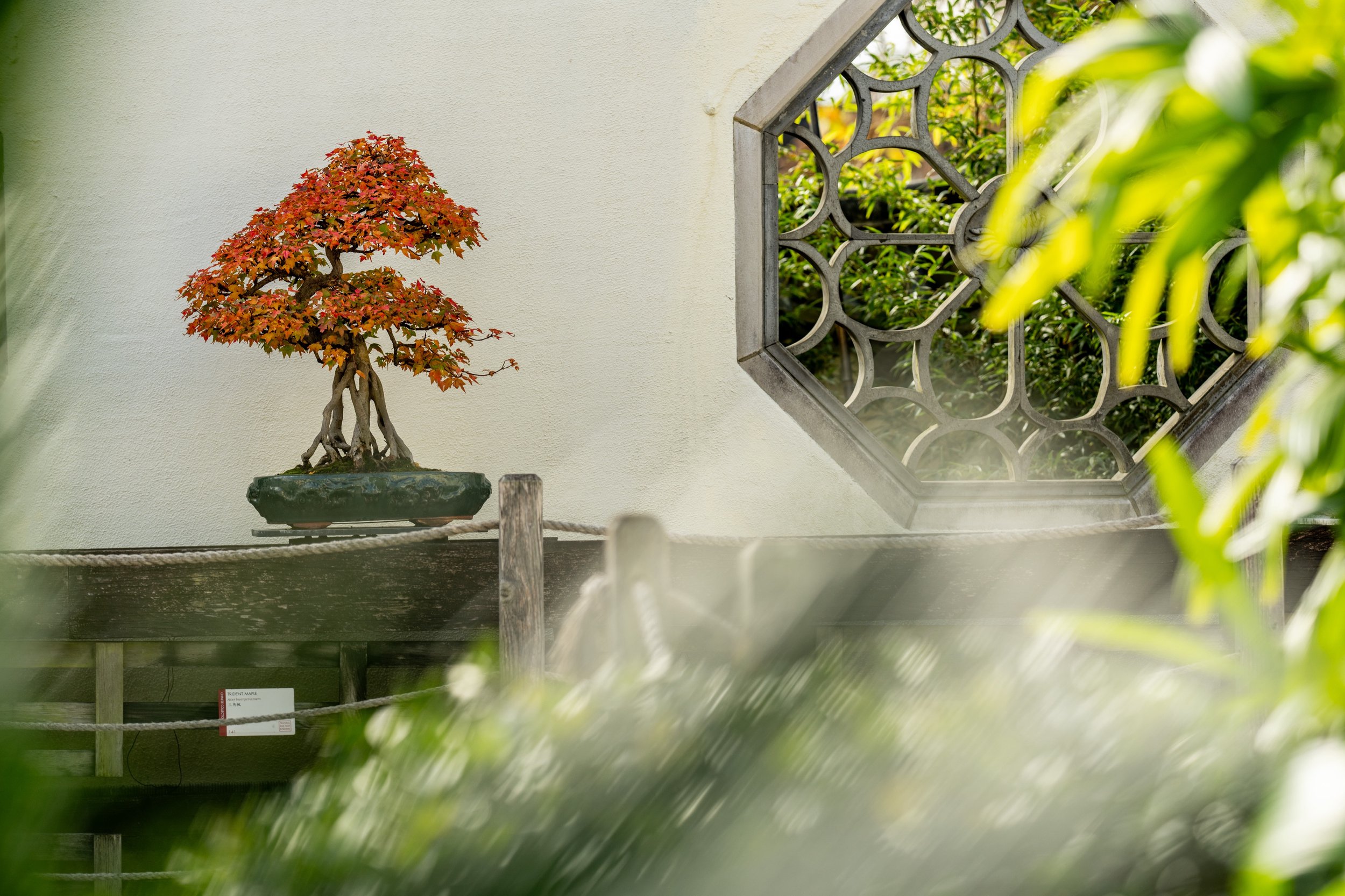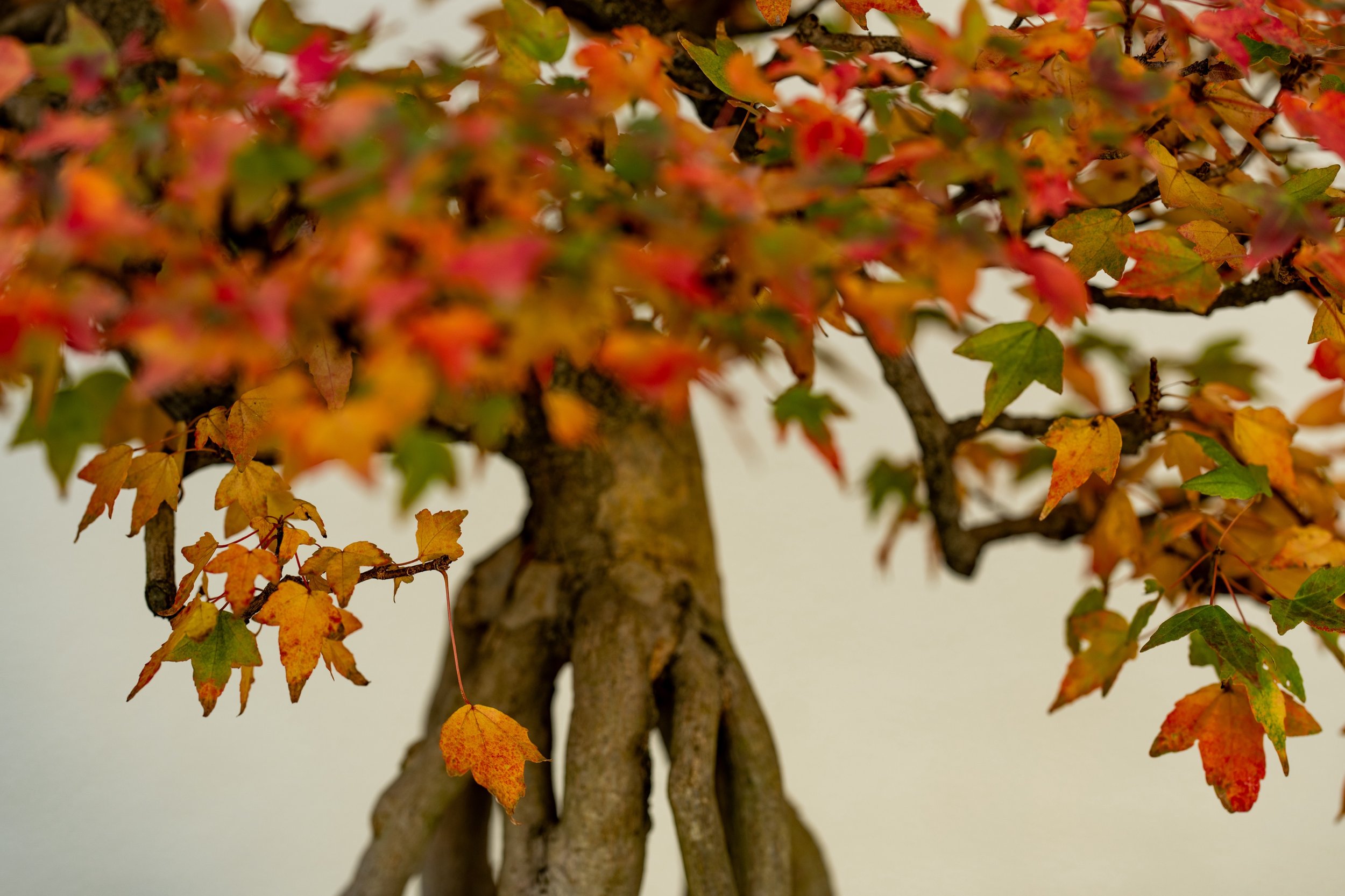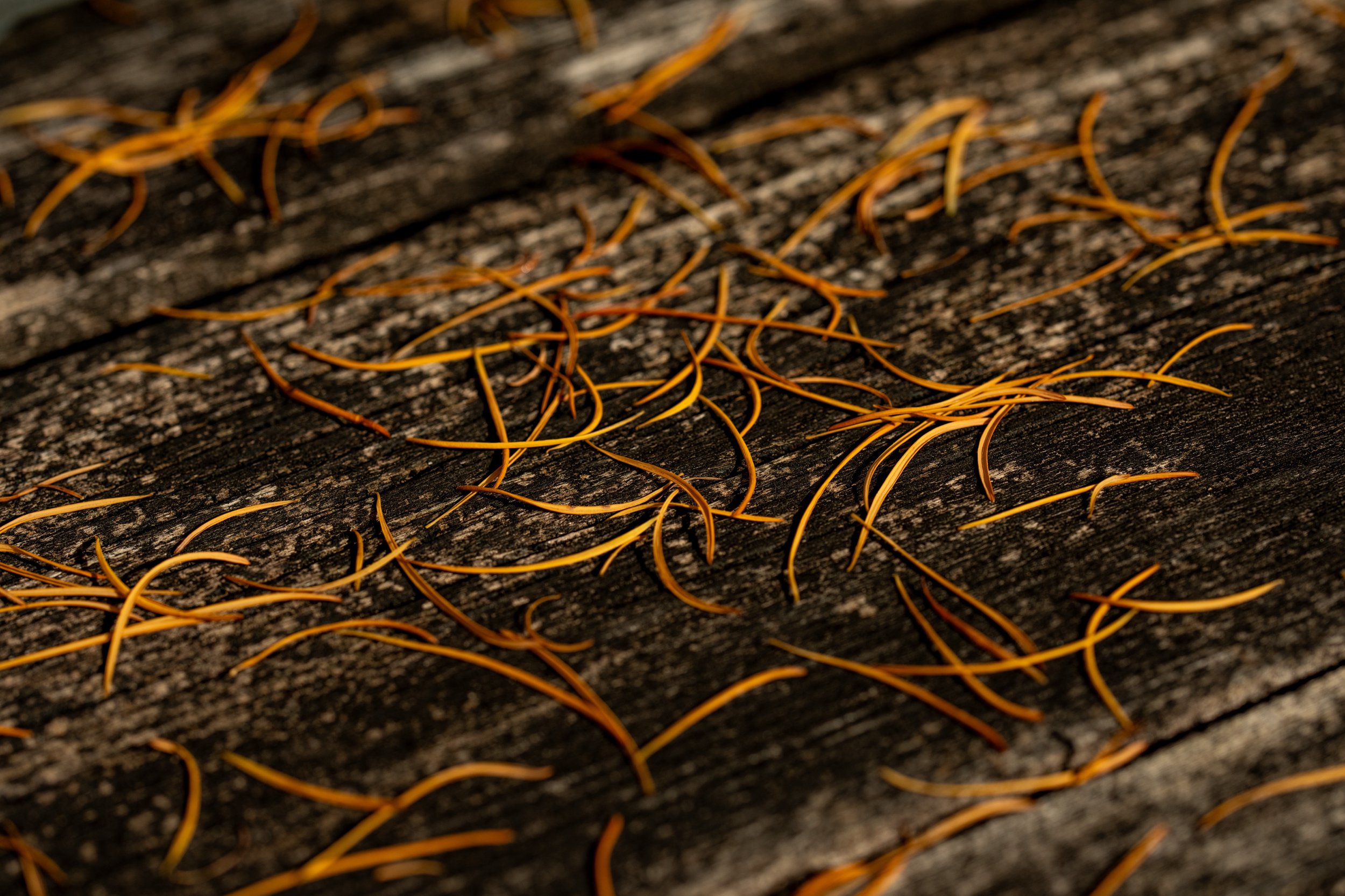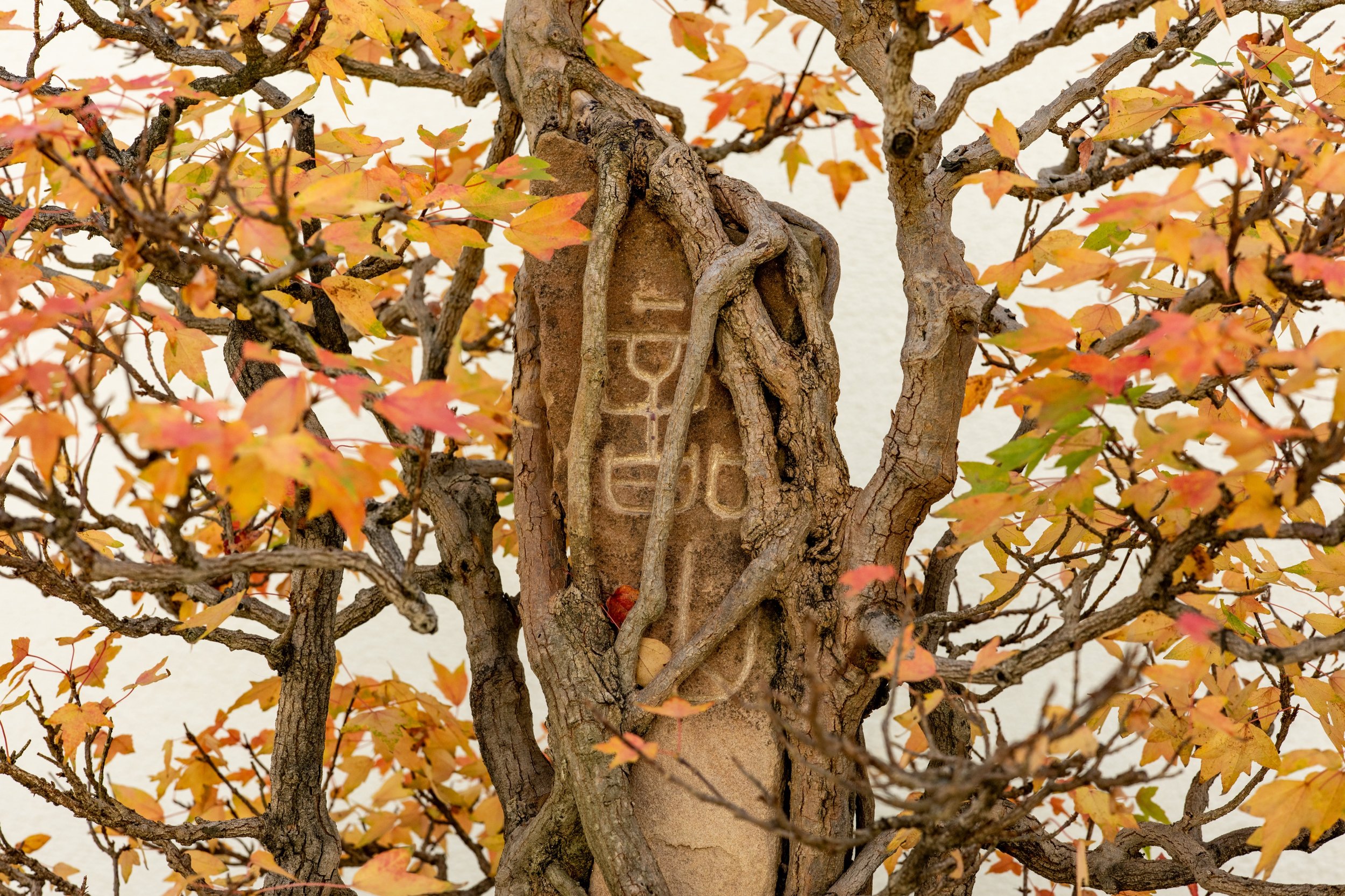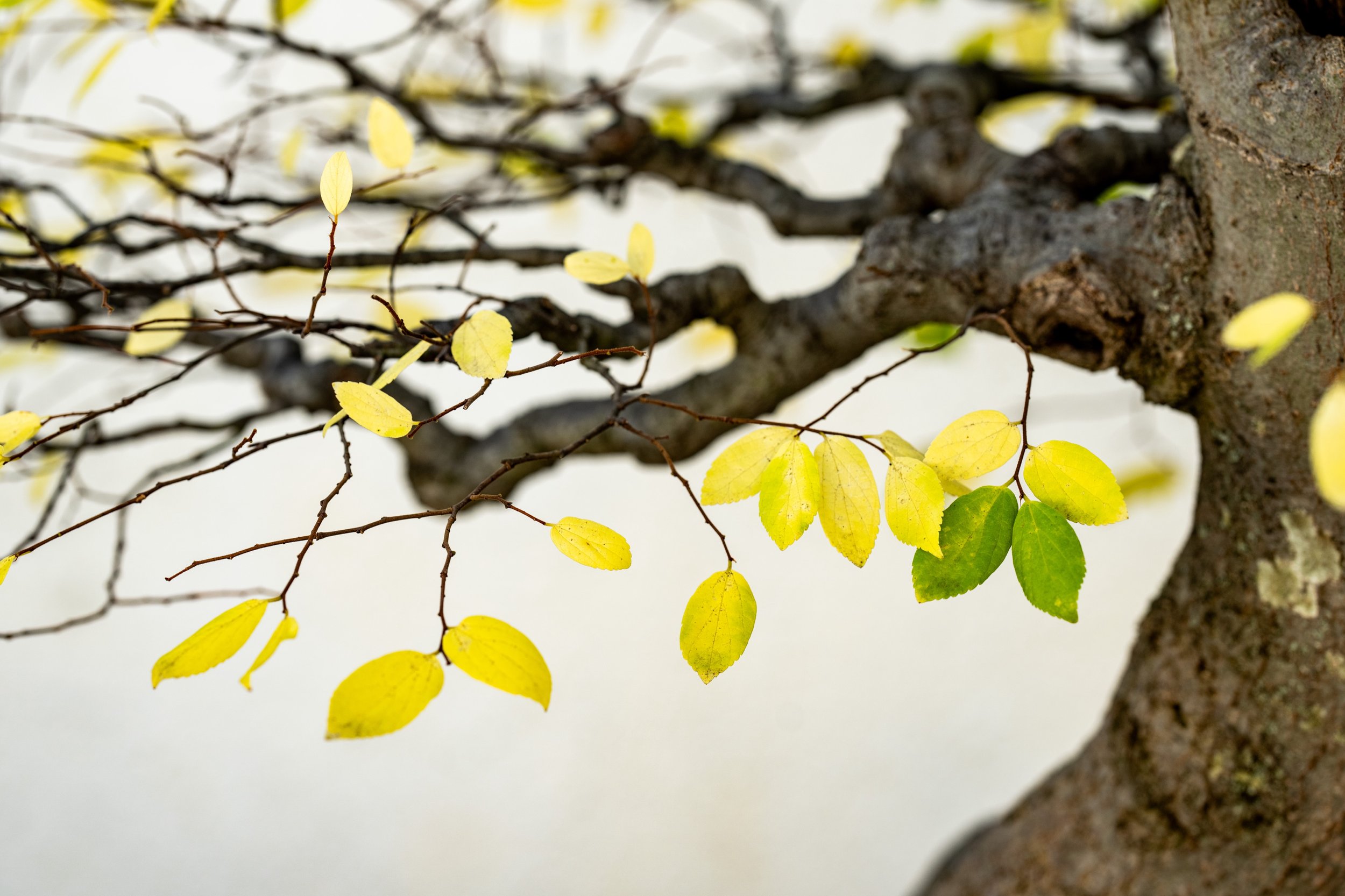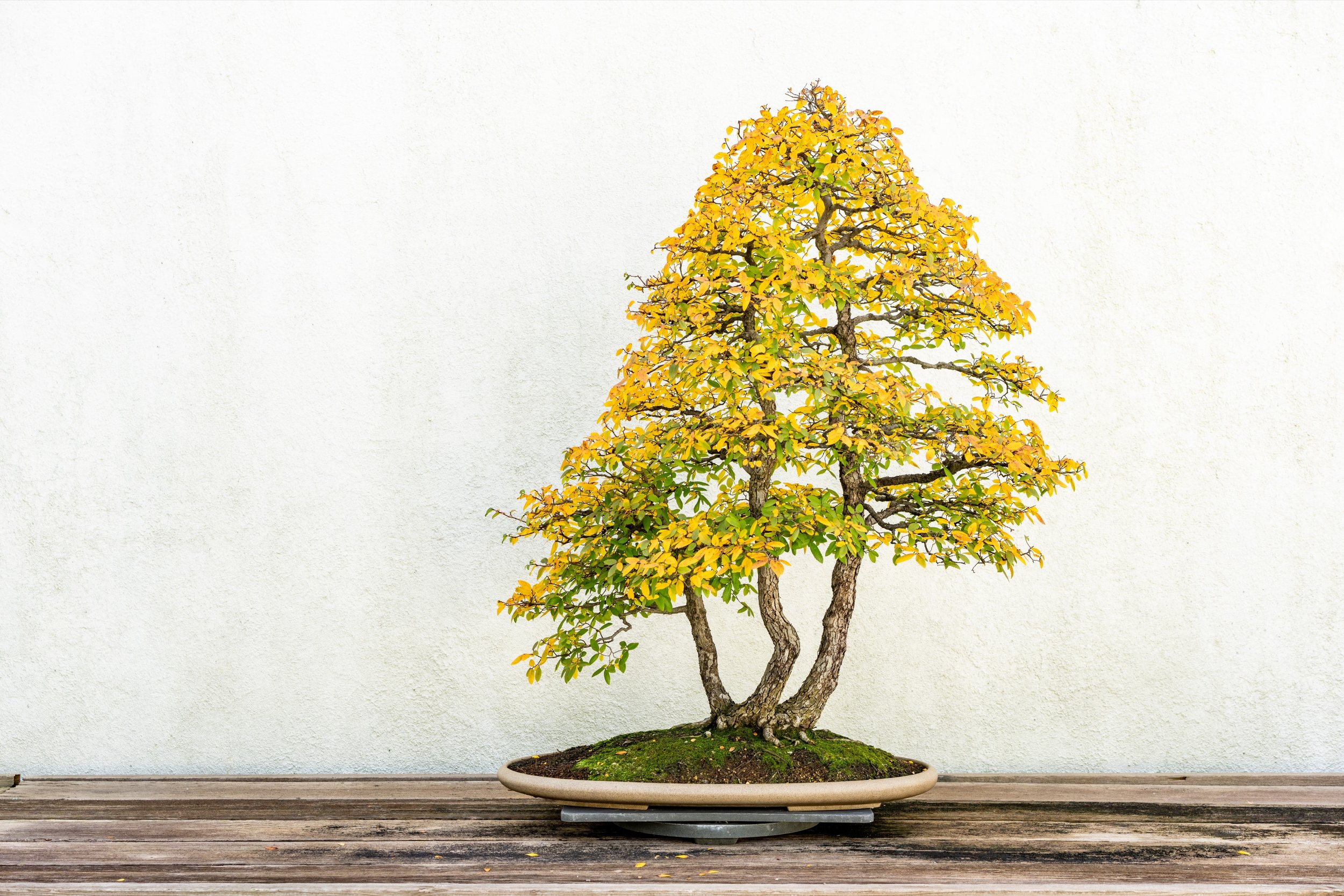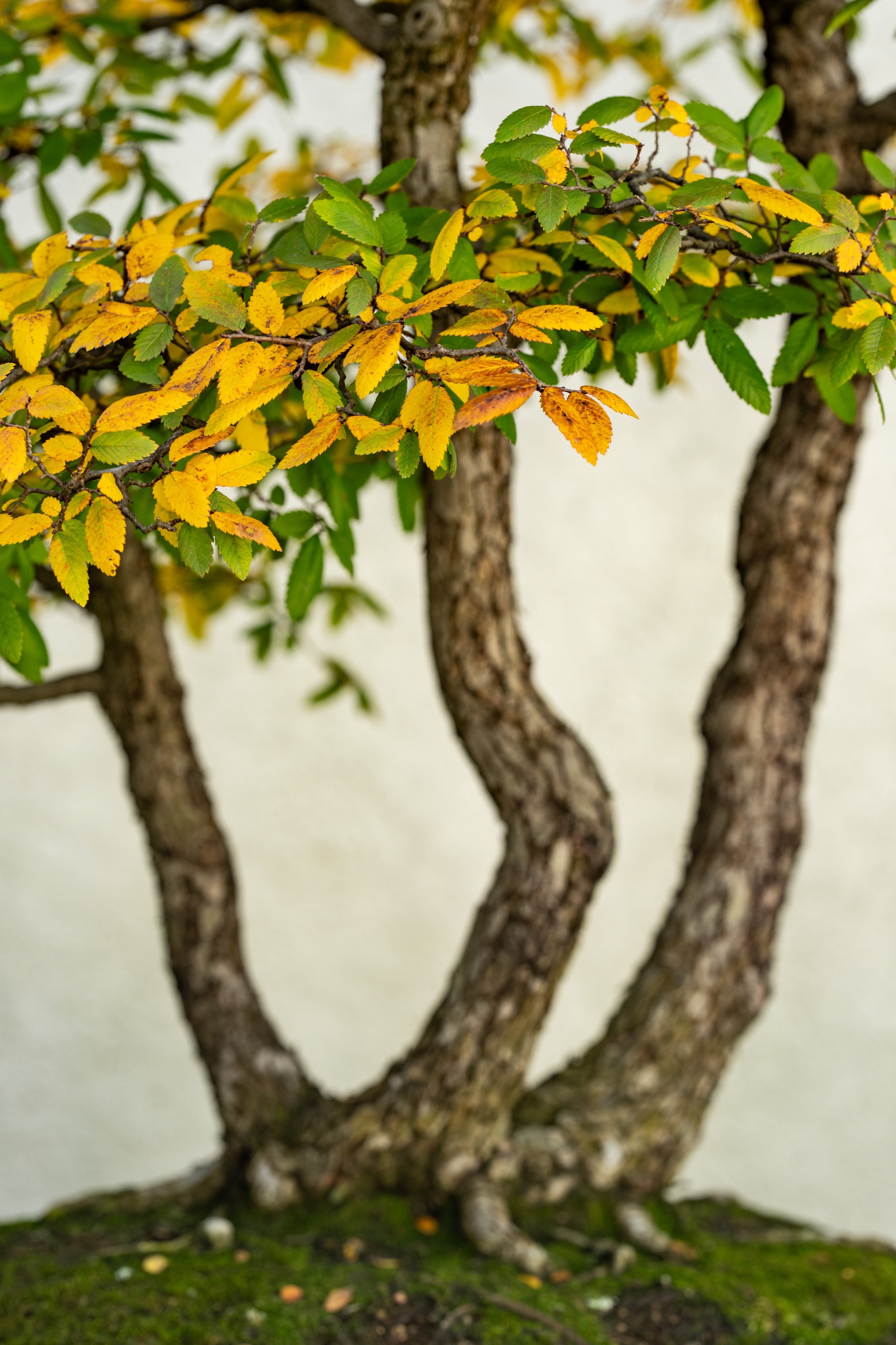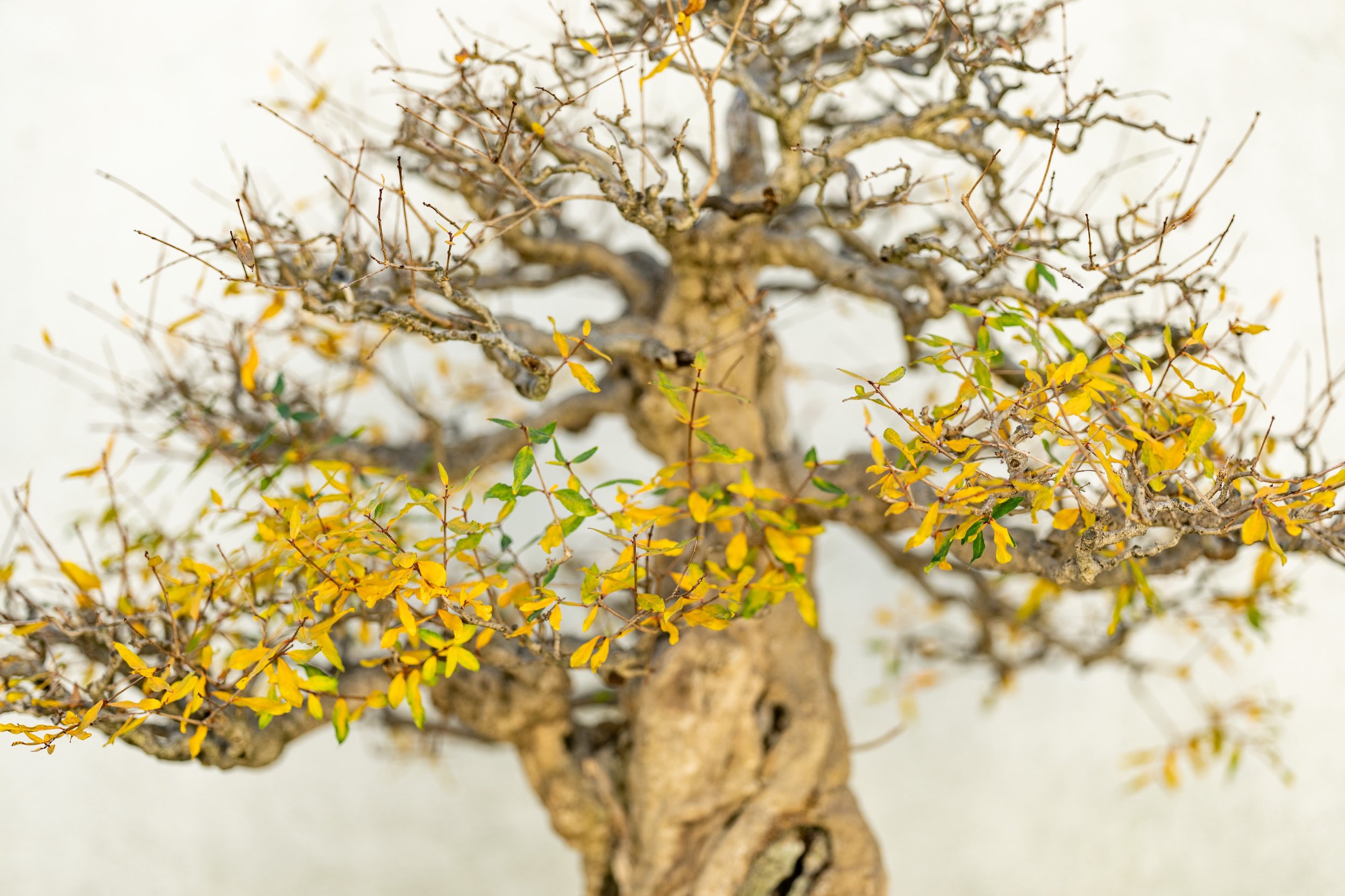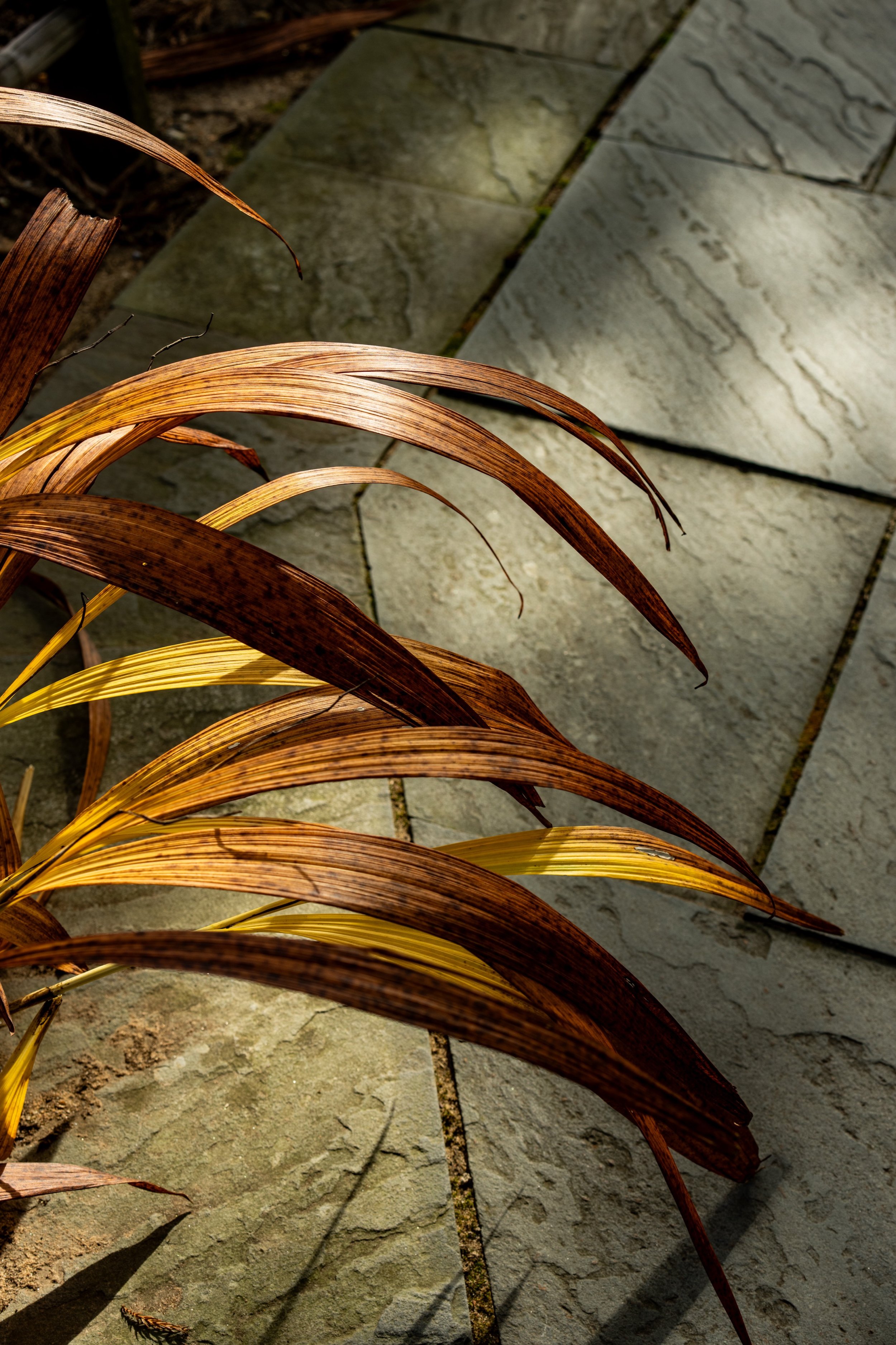Description
The U.S National Arboretum is offering a unique opportunity for an individual to receive advanced bonsai training at the National Bonsai & Penjing Museum located in Washington DC. The purpose of this national apprenticeship program is to prepare aspiring horticulturists with the knowledge needed for a career in bonsai collection management. The successful applicant will be involved in the day-to-day care of a storied collection of historic bonsai, some of them in training for hundreds of years; and will receive one-on-one instruction from bonsai museum staff to develop skill in the styling and maintenance of bonsai.
This training opportunity is typically from March through mid-November each year. The position has a 40-hour work week of five days per week and does require weekend work. This apprenticeship is funded with a stipend by the National Bonsai Foundation*. Stipend amount can vary depending on the training period and funding.
This apprenticeship provides the applicant access to one of the largest bonsai collections in the United States, bonsai literature and scholarship, as well as access to a network of professional bonsai practitioners from around the world. Many of our past apprentices are now curating bonsai collections in private and public gardens.
Qualifications
Applicants should have an active interest in the art of bonsai and a basic understanding of plant care. While coursework is not required, candidates that demonstrate commitment to the art of bonsai are desired. Background in horticulture, life sciences, or visual art is a plus.
Duties
The bonsai apprenticeship will prepare individuals for bonsai collection management. As the applicant’s knowledge and abilities develop, and skills are learned and demonstrated, supervised work on the bonsai will be offered. These responsibilities will include seasonal bonsai care such as, repotting, pruning, wiring, de-wiring, and other maintenance as needed throughout the year. The apprentice will assist with educational programs offered to the public by helping to teach classes and bonsai demonstrations.
As an integral part of the U.S. National Arboretum, the National Bonsai & Penjing Museum serves over 700,000 visitors each year. Courteous and helpful interaction with visitors is essential. Daily tasks related to museum operations include keeping gardens and bonsai displays clean, opening and closing the museum, weeding, and watering. The applicant will frequently be requested to safely lift and move heavy, but fragile, trees around the museum. Much of the work is performed outdoors in all weather conditions,
including hot, cold, and wet.
The selected apprentice will join other U.S. National Arboretum staff and interns on field trips to public gardens in the Washington, D.C. area. The apprentice will be assigned an independent study project related to bonsai design, developed in collaboration with the Museum Curator. The results of the study project will be presented to staff of the U.S. National Arboretum and the National Bonsai Foundation.
Applications
Applications will be accepted August 12 through September 16 each year. Interviews will be scheduled thereafter with the final candidate selected by the end of October. Please email a cover letter including your personal background in bonsai and your long-term career plan to USNA.Internships@usda.gov. Describe pertinent talents and life experiences that you bring to this position. Also include your resume, references, and transcripts (unofficial are acceptable). If you have any questions, please call the National
Arboretum’s Coordinator at 202-245-4529.



